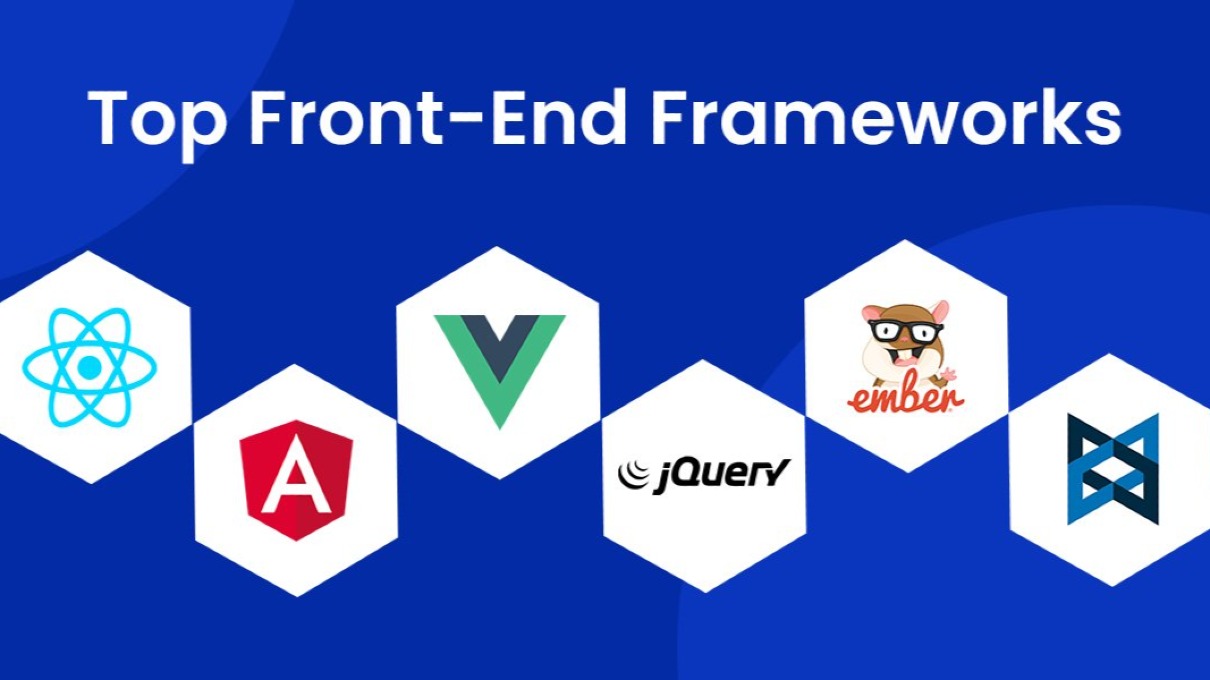Vue.js has become a cornerstone in the world of front-end development, offering an elegant balance of simplicity and power. Whether you're new to web development, a seasoned developer exploring new tools, or a team lead deciding on the right framework, Vue.js is worth your attention. In this guide, we’ll explore what makes Vue.js so special, its core concepts, advanced features, and why it stands out in a crowded JavaScript ecosystem.
The Vue.js Revolution
Vue.js, created by Evan You, started as a passion project to combine the best aspects of AngularJS with a lightweight and flexible approach. Over the years, it has evolved into a leading JavaScript framework, celebrated for its ease of use, scalability, and a thriving developer community.
Why Vue.js?
- Progressive Framework: You can adopt Vue.js incrementally, starting small and scaling as needed.
- Lightweight & Fast: Vue.js has a minimal footprint and excellent performance.
- Versatile Use Cases: From single-page applications (SPAs) to large-scale enterprise projects, Vue.js adapts seamlessly.
Developers often praise Vue.js for its developer-friendly design, intuitive syntax, and extensive ecosystem of tools and libraries.
Core Concepts: The Building Blocks of Vue.js
Understanding the foundational principles of Vue.js is essential for leveraging its full potential. Let’s dive into its core concepts:
1. Components
Vue.js applications are built with components, which break your UI into reusable pieces. Each component contains its template, logic, and style, enabling clean and modular code.
Example:
<template>
<div>
<h1>{{ title }}</h1>
<p>{{ message }}</p>
</div>
</template>
<script>
export default {
data() {
return {
title: 'Welcome to Vue.js',
message: 'This is a reusable component',
};
},
};
</script>
2. Directives
Directives in Vue.js are special attributes that add behavior to HTML elements.
v-if: Conditional rendering.v-for: List rendering.v-bind: Dynamically bind attributes.
Example:
<template>
<ul>
<li v-for="item in items" :key="item.id">{{ item.name }}</li>
</ul>
</template>
3. Reactivity with Data Binding
Vue.js uses a reactivity system to keep your UI in sync with your data. Changes to your data automatically update the DOM.
4. Computed Properties & Watchers
- Computed Properties: Derived values that depend on reactive data.
- Watchers: Observe and respond to data changes.
Example:
export default {
data() {
return {
firstName: 'John',
lastName: 'Doe',
};
},
computed: {
fullName() {
return `${this.firstName} ${this.lastName}`;
},
},
watch: {
fullName(newValue) {
console.log(`Full name updated to: ${newValue}`);
},
},
};
Advanced Features: Mastering Vue.js
Once you’ve grasped the basics, Vue.js offers advanced tools to help tackle complex projects.
1. Composition API
Introduced in Vue 3, the Composition API is a modern approach to organizing logic in components. It’s especially useful for large applications.
Example:
<script setup>
import { ref, computed } from 'vue';
const firstName = ref('John');
const lastName = ref('Doe');
const fullName = computed(() => `${firstName.value} ${lastName.value}`);
</script>
2. Vue Router
The official Vue Router library enables seamless navigation in single-page applications. It supports dynamic routing, route guards, and nested routes.
3. Vuex & Pinia
For state management, Vue.js offers two options:
- Vuex: A traditional state management library for larger projects.
- Pinia: A simpler, more intuitive alternative for Vue 3.
4. Custom Directives
You can create your own directives to extend HTML’s behavior.
Why Choose Vue.js for Your Next Project?
Vue.js is trusted by brands like Alibaba, Xiaomi, and GitLab for its versatility and performance. Its growing ecosystem includes tools like:
- Nuxt.js: Framework for server-side rendering (SSR) and static site generation.
- Vuetify/Quasar: UI libraries for building beautiful, responsive applications.
- Testing Tools: Vue Test Utils for component testing.
Ideal Use Cases:
- SPAs and Progressive Web Apps (PWAs).
- Enterprise Applications.
- Interactive Dashboards and Prototypes.
Tips for Learning Vue.js
- Start with the Basics: Focus on templates, directives, and components.
- Experiment with Vue CLI: Use Vue CLI to scaffold projects and explore features.
- Join the Community: Participate in forums like Vue Land or Stack Overflow for guidance.
- Practice with Projects: Build small projects to reinforce concepts.
Conclusion
Vue.js strikes the perfect balance between simplicity and capability, making it a go-to choice for developers across the globe. Its progressive nature allows you to scale from a small widget to a complex web application without a steep learning curve. With powerful tools, a supportive community, and cutting-edge features, Vue.js remains a top contender in the JavaScript ecosystem.



